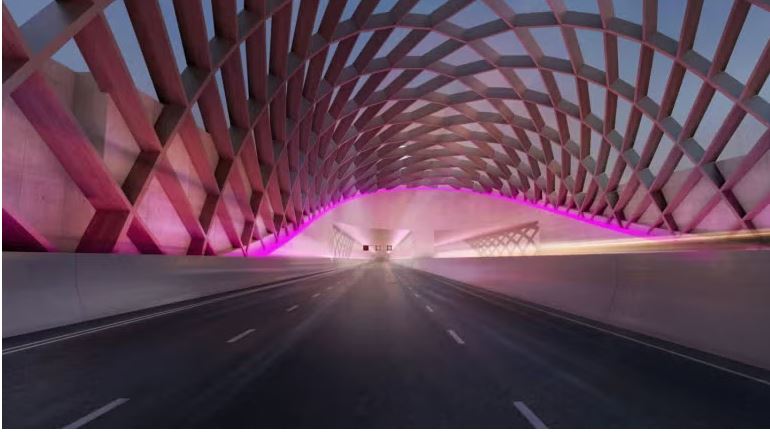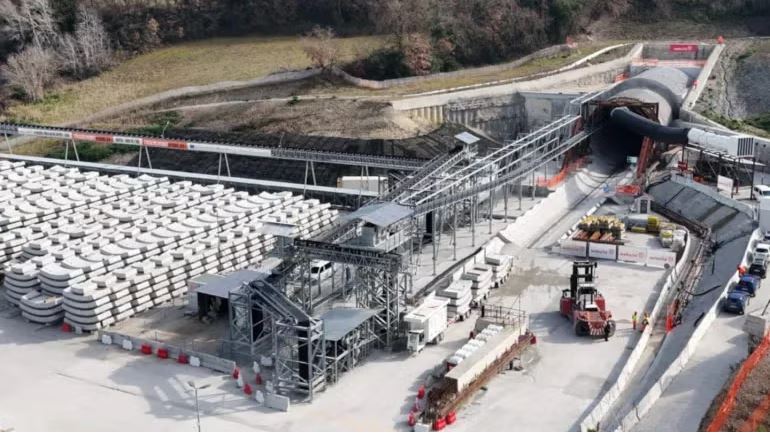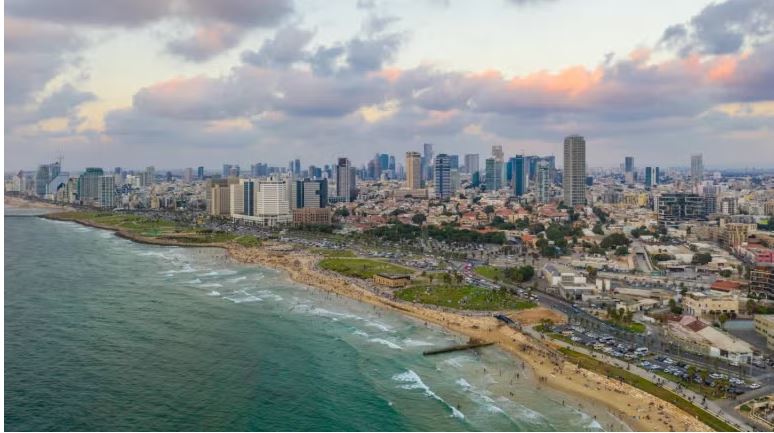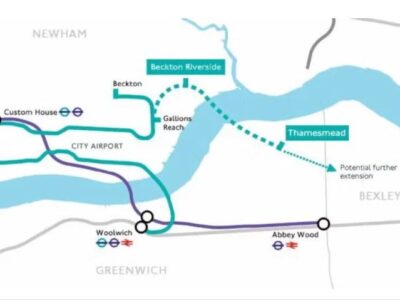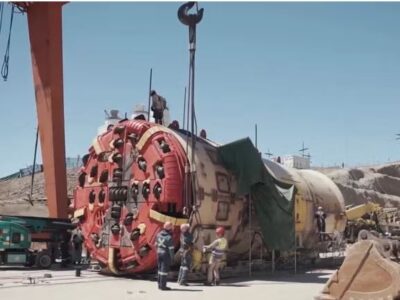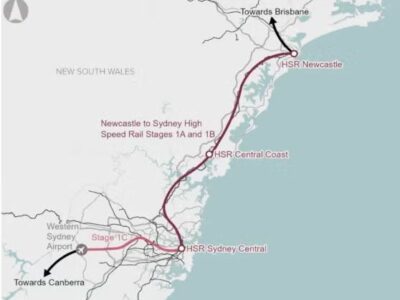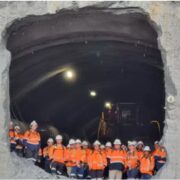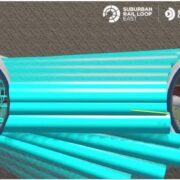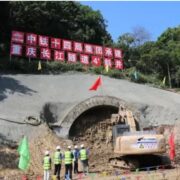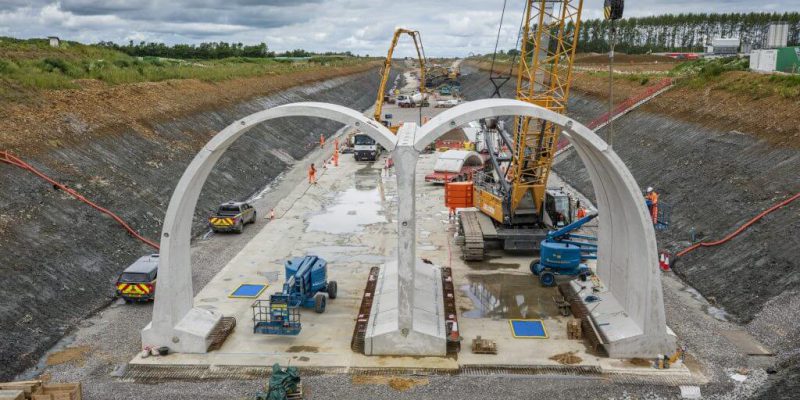
Following identification of quality issues with some of the segments, precast segments used to construct HS2’s Chipping Warden cut and cover tunnel are under quality assurance tests.
Early in June, working on the tunnel in Northamptonshire was commenced by High Speed 2 (HS2) main works contractor EKFB, a joint venture made up of Eiffage, Kier, Ferrovial Construction, and Bam Nuttall.
All of the 5,020 precast concrete segments, which are used for forming the 2.5km tunnel, are made in a factory in Ilkeston, Derbyshire, and then assembled on site.
In order to provide separate halves for southbound and northbound trains, the segments are slotted together to achieve an m-shaped double arch, while the contents of each arch are five precast elements – a central pier, two walls, and two roof slabs – with the largest weighing up to 43t.
Considering that this plan is designed to achieve a minimum of 120 years before major maintenance, the testing regime for the tunnel is stringent.
While the number of green, or cut and cover, tunnels that are going to be constructed in order to blend the high-speed railway into the surrounding landscape are five tunnels, Chipping Warden is the first of them.
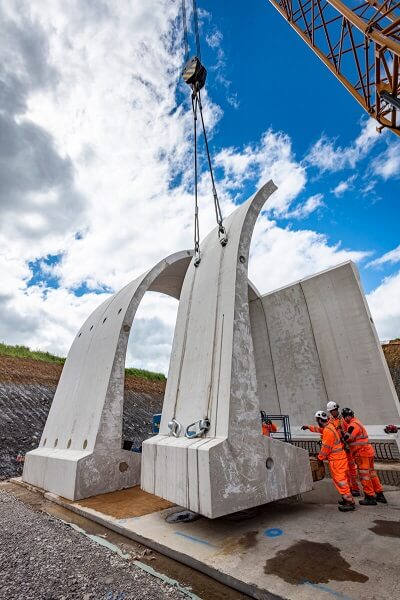
Although, currently the tunnel has reached almost 100m in length and with about 200 precast segments, the probability of disassembling and building again the section is possible depending on the results of the ongoing tests, as reported by GE’s sister title New Civil Engineer.
According to HS2 Ltd’s statement: “Chipping Warden is the first of three green tunnels made of precast segments and it’s important that we take the time to get the quality assurance and installation process right. We have recently identified quality issues with some of the segments, and we are currently conducting tests to determine whether remedial work is needed. No decision has been made yet and we are actively engaging with our supply chain partners to resolve the problem.”
An HS2 Ltd spokesperson added: “Teething problems aren’t unusual in the early stages of a build like this, and we will apply lessons learned here to the other tunnels next year. It is still too early to say if the tests will delay the program delivery.”
The estimated date for completion of construction the tunnel is 2024.


